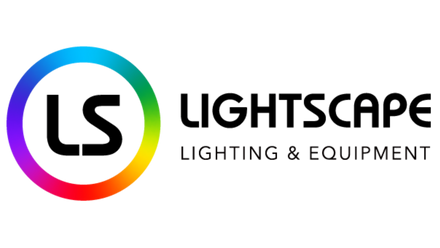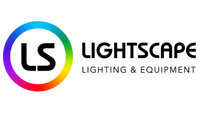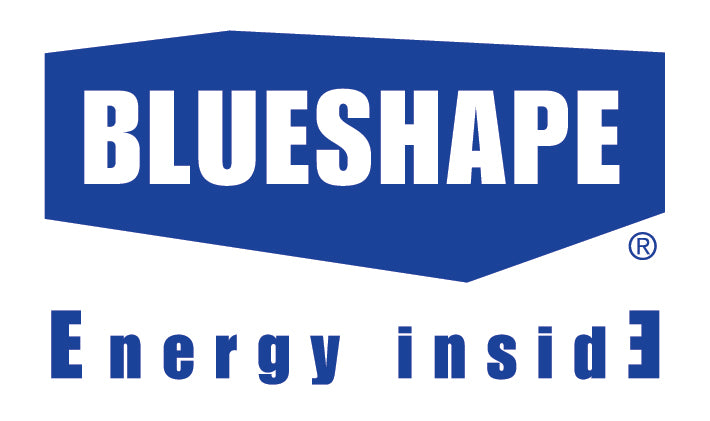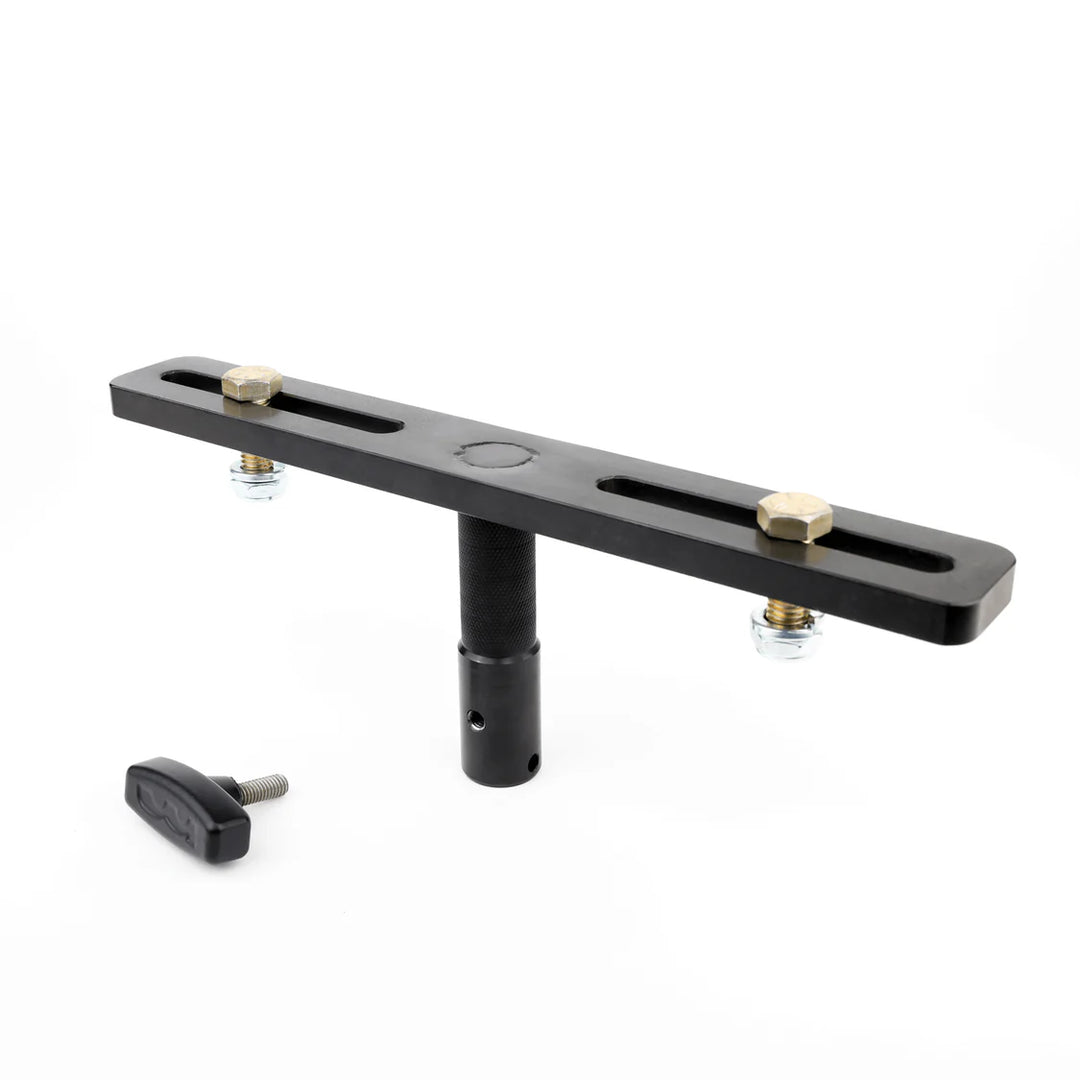The Evolution of Film & TV Lighting: How LEDs Are Transforming Production
Lighting has always been a crucial element in film and television production, shaping the mood, tone, and visual storytelling of every scene. Traditionally, productions relied on incandescent, halogen, HMI (Hydrargyrum Medium-Arc Iodide), and fluorescent lights to illuminate sets, but the industry has seen a massive shift toward LED lighting in recent years.
As filmmakers and studios prioritize efficiency, flexibility, and sustainability, LED lighting has become the go-to solution for modern productions. But how does it compare to older lighting technologies, and what advantages does it bring to film and television sets today?
Traditional Film & TV Lighting: A Legacy of Heat and Power Consumption
Before LEDs became widespread, lighting for film and TV relied on powerful and often cumbersome traditional fixtures. Here’s a look at some of the most commonly used older lighting styles:
1. Incandescent & Tungsten Lighting
- Used for warm, natural-looking light with high color accuracy.
- Extremely hot and energy-intensive—bulbs needed frequent replacements.
- Heavy diffusion and gels were required to modify color temperature.
2. Halogen & Quartz Lights
- A more durable and efficient version of incandescent lighting.
- Still generated a significant amount of heat, requiring extensive cooling.
- Commonly used for spotlights and key lighting on sets.
3. HMI (Hydrargyrum Medium-Arc Iodide) Lighting
- One of the most powerful light sources used in film, often mimicking daylight.
- Requires ballasts for power regulation, making them bulky and expensive.
- High flicker risk if not properly synchronized with camera frame rates.
4. Fluorescent Lighting (Kino Flo, etc.)
- Became popular in the 1980s and 90s for soft, even lighting.
- Lower power consumption than tungsten but contained mercury, making disposal problematic.
- Often used for fill lighting in studio setups.
While these older lighting styles shaped cinematic history, they came with drawbacks: high heat output, excessive power consumption, and limited flexibility in color control. This is where LED technology has completely revolutionized on-set lighting.
The Rise of LED Lighting in Film & TV Production
LED lighting has transformed film and television sets by offering unmatched efficiency, flexibility, and creative control. Some of the biggest advantages include:
1. Energy Efficiency & Cost Savings
- LEDs consume up to 80% less power than tungsten or HMI lights.
- Reduced power needs mean lower generator costs on-location shoots.
- More cost-effective over time due to longer lifespan (often 25,000+ hours).
2. Low Heat Output = Safer Sets
- Traditional lights could reach temperatures above 500°F (260°C), making sets uncomfortably hot.
- LEDs generate minimal heat, improving comfort for actors and crew while reducing air conditioning costs.
- Lower fire hazards and reduced risk of overheating.
3. Full Color Control Without Gels
- Many LED panels feature tunable color temperatures (2700K-6500K) and full RGB capabilities.
- Traditional lights required color gels to adjust temperature, which degraded over time.
- With wireless DMX control, lighting designers can instantly change colors and intensities.
4. Lightweight & Versatile
- LED panels and tubes are compact, lightweight, and easy to mount in tight spaces.
- Perfect for run-and-gun filmmaking, small studios, and large productions alike.
- LED flex panels and light mats can be bent and shaped for unique lighting applications.
5. Flicker-Free for High-Speed Shooting
- Older lights, especially HMIs and fluorescents, could flicker at certain frame rates.
- Modern LEDs are designed for flicker-free operation, even at high-speed frame rates.
- Ideal for slow-motion cinematography and productions requiring precise lighting control.
How LED Lighting is Changing Film & TV Production Today
1. Virtual Production & LED Walls (e.g., The Mandalorian)
One of the biggest revolutions in modern filmmaking is LED volume technology, where massive LED screens replace traditional green screens. Shows like The Mandalorian use LED walls to create real-time, interactive backgrounds instead of relying on post-production VFX.
Advantages of LED Walls:
- Actors are immersed in realistic lighting from the environment instead of green spill.
- Instant real-time rendering allows directors to see final shots in-camera.
- Eliminates the need for extensive post-production compositing.
2. LED Tubes & Panels for Dynamic Lighting
LED tube lights like Astera Titan Tubes and Quasar Science LEDs have become industry favorites. These versatile lights can be programmed for dynamic color effects, mounted easily on sets, and even used handheld for creative lighting techniques.
Common uses:
- Practical lighting within a scene (e.g., neon lighting effects).
- Portable, battery-powered options for location shooting.
- Integrated into music videos and live performances for vibrant visual effects.
3. Smart & Wireless Lighting Control
With advancements in wireless technology, LEDs can now be controlled remotely via DMX, Bluetooth, or apps, giving cinematographers and gaffers unprecedented control.
Benefits:
- Adjust lighting levels instantly without interrupting a take.
- Sync multiple lights wirelessly for cohesive color schemes.
- Save time on set by programming lighting setups in advance.
Why LEDs Are the Future of Film & TV Lighting
The transition to LED lighting is not just about efficiency—it’s about enhancing creative possibilities while making production more sustainable.
Key Benefits Driving LED Adoption:
✅ Lower power consumption = reduced production costs.
✅ Minimal heat output = safer, more comfortable sets.
✅ Tunable color control = instant adjustments without gels.
✅ Lightweight & portable = ideal for any production size.
✅ Flicker-free performance = perfect for high-speed cinematography.
As LED technology continues to evolve, we can expect even more innovations that will redefine how film and television productions light their scenes.
Final Thoughts
LED lighting has completely revolutionized how filmmakers and television crews approach lighting design. With benefits ranging from energy savings to full creative control, it's no surprise that LEDs have become the new industry standard.
While traditional lighting methods paved the way for cinematic history, the future of film and television lighting is undeniably LED-driven—more flexible, efficient, and visually stunning than ever before.



